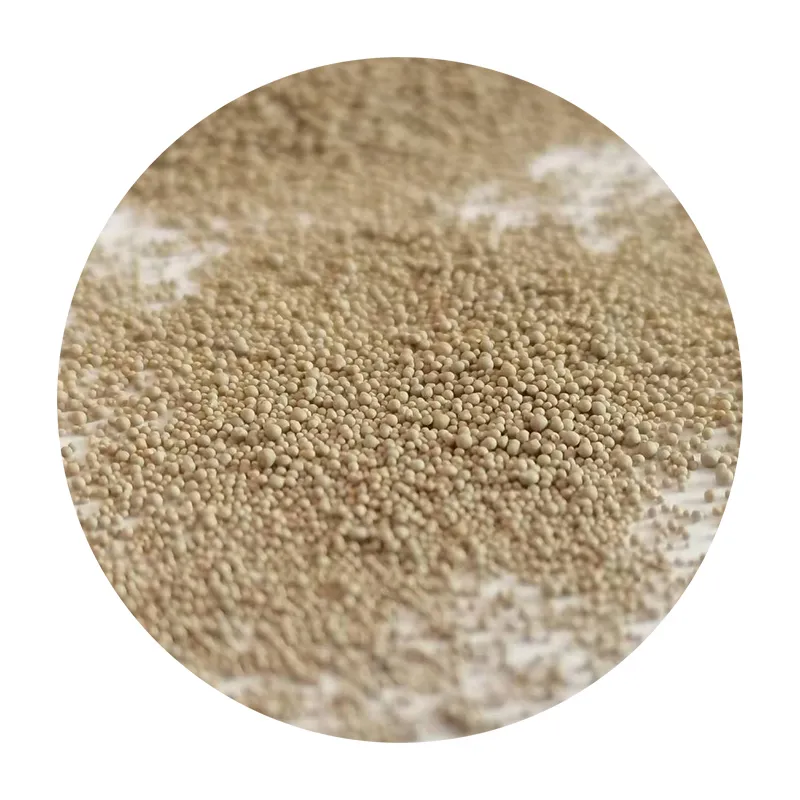How to Sand a 3D Print for a Smooth Finish
3D printing has revolutionized the way we create and manufacture objects, allowing for incredible designs and rapid prototyping. However, one common issue that many enthusiasts encounter is the rough surface finish of their prints. While 3D printing technology has advanced tremendously, the texture of printed layers can often leave much to be desired. Fortunately, sanding is an effective method to achieve a smooth finish on your 3D prints. In this article, we will discuss the steps and techniques you can use to sand your 3D prints effectively.
Step 1 Gather Your Materials
Before you begin, make sure you have all the necessary materials. You will need
- Sandpaper in various grits (typically ranging from 80 to 400 grit) - A sanding block or sponge for better control - Water (for wet sanding) - A spray bottle (if you choose to wet sand) - Safety goggles and a mask (to avoid inhaling dust) - A soft cloth for cleaning
Step 2 Choose the Right Sandpaper Grit
The grit of sandpaper you choose will depend on the level of finishing you want to achieve and the type of plastic used in your print. Start with a coarser grit (e.g., 80 or 120) to remove major imperfections and layer lines. As you get closer to your desired finish, switch to finer grits (e.g., 220, 320, and finally, 400) to smooth out the surface. Remember, using finer grit paper will take longer but will yield a much nicer finish.
Step 3 Sanding the Print
1. Start with a Coarse Grit Begin with your coarsest sandpaper. Use long, even strokes, and apply moderate pressure. Avoid focusing too much on any one area, as this can create uneven surfaces.
2. Use a Sanding Block If your print has flat surfaces, using a sanding block can help maintain an even surface. The block provides even pressure, reducing the likelihood of creating dips or uneven areas.
how to sand a 3d print

3. Be Mindful of Details For prints with intricate details or curves, consider using your fingers or a sanding sponge to get into the nooks and crannies without losing detail.
4. Dry Sanding vs. Wet Sanding While dry sanding can effectively smooth surfaces, wet sanding can significantly reduce dust and make the process less messy. Wet sanding involves using water to lubricate the sandpaper, minimizing scratching and allowing for a finer finish. If you choose to wet sand, keep a spray bottle handy to keep the surface damp.
Step 4 Cleaning the Print
After sanding with a coarse grit, clean the print to remove any dust particles. Using a soft cloth, wipe away the sanding residue. It’s essential to remove any debris before moving to finer grit sandpaper; otherwise, you may risk embedding particles into the surface, resulting in scratches.
Step 5 Move to Finer Grits
Once the print is free from dust and the surface feels smoother, switch to a finer grit of sandpaper. Repeat the sanding process, gradually moving up the grits as your print achieves a smoother finish. Always remember to clean the print between each stage to avoid any dust accumulation.
Step 6 Finishing Touches
After sanding with the finest grit, you should have a beautifully smooth print. If desired, you may consider applying a finishing spray paint, clear coat, or resin to give your print a polished look. This not only enhances the aesthetic but can also protect your print from scratches and environmental damage.
Conclusion
Sanding 3D prints might seem tedious, but the results are worth the effort. A well-sanded print can elevate your project, providing a professional look that really showcases your design. By following these steps and taking your time throughout the process, you can achieve a smooth, flawless finish that highlights the quality of your 3D printed creations. Happy sanding!
Post time:ኅዳር . 19, 2024 15:00
Next:Understanding the Basics of Sand Casting for Iron Materials and Its Applications
